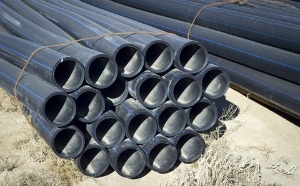Among the various hose types, demand for fluid power hose stood out as a star performer due to robust growth in US oil and gas production. Over the 2010-2015 period, sales of fluid power hose increased at an impressive average annual rate of 21%, largely attributable to rising sales in the US oil and gas industry. US oil and gas output (in terms of British thermal units) saw average annual gains of 7.6% over the 2010-2015 period, nearly three times the 2.6% average yearly growth from 2005 to 2010.











